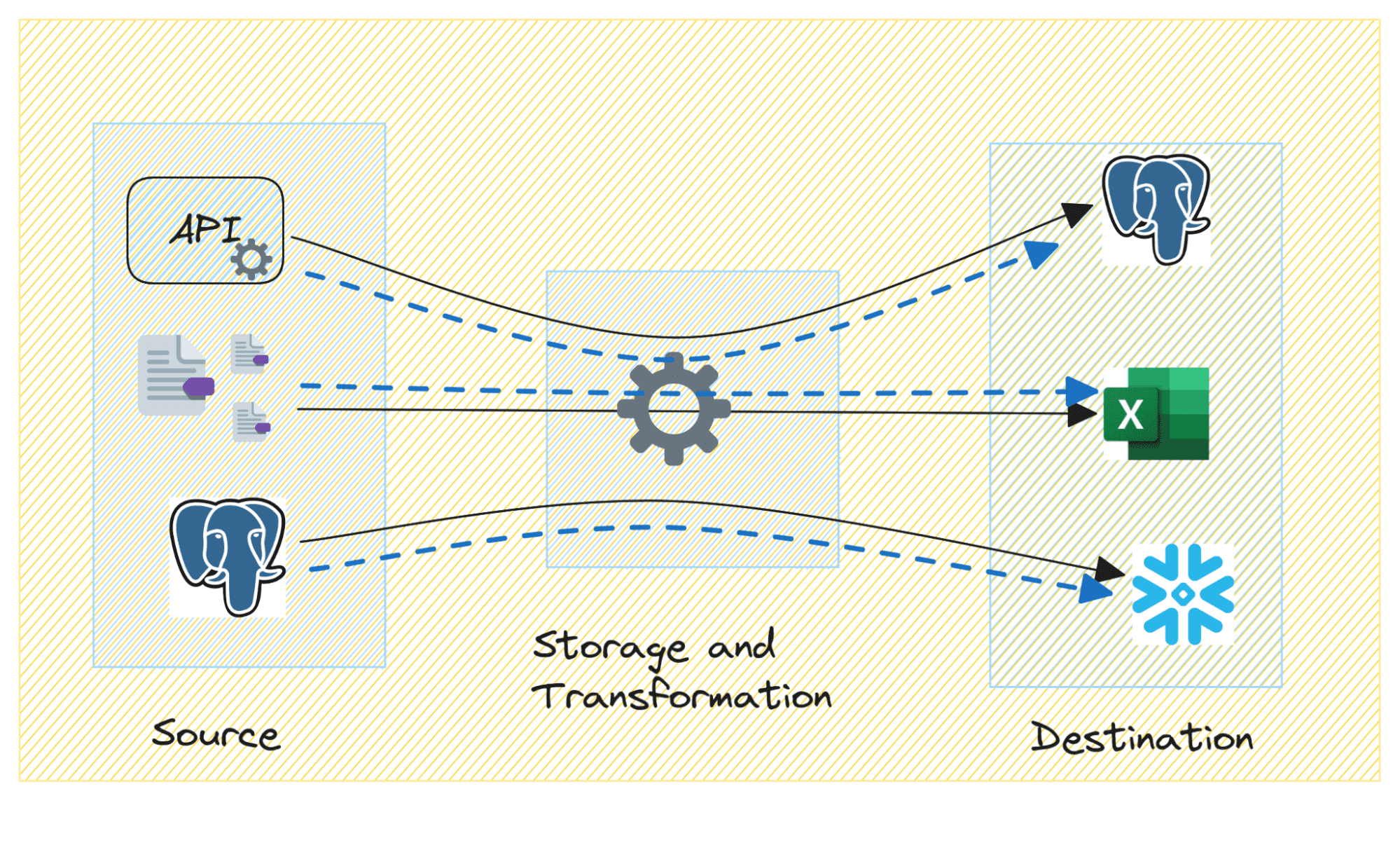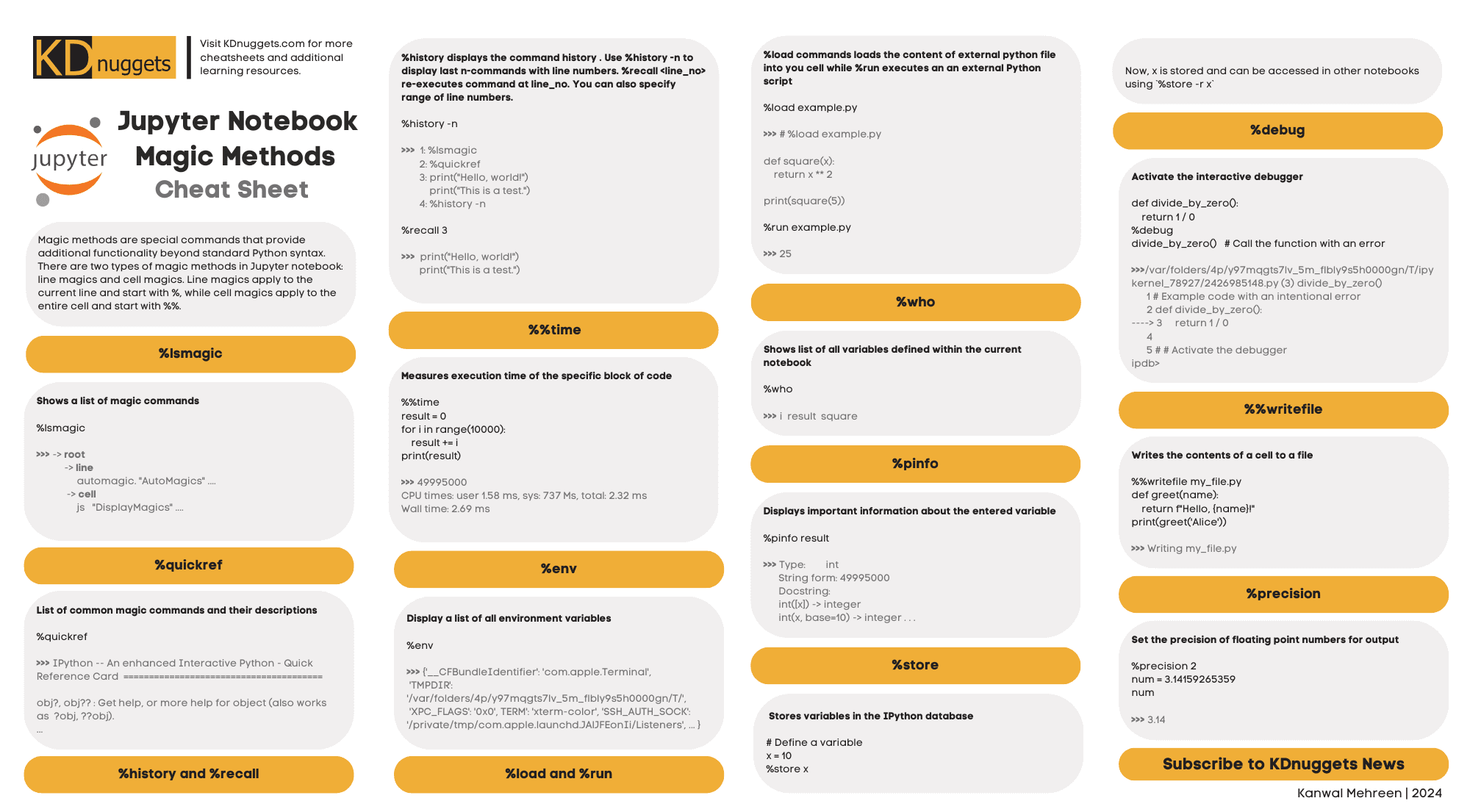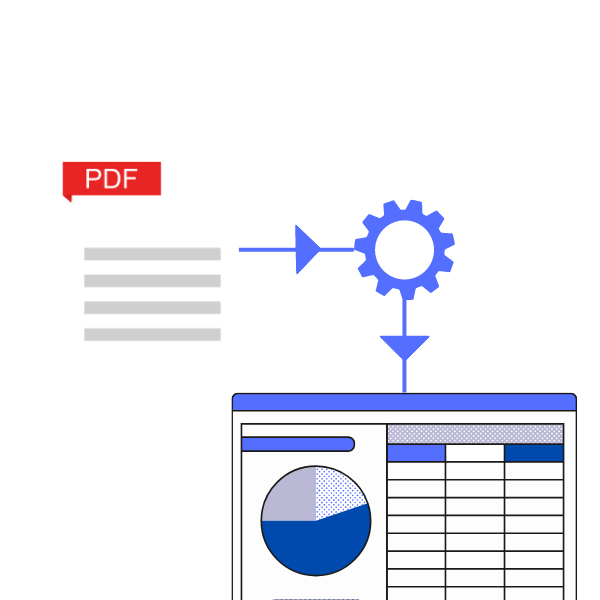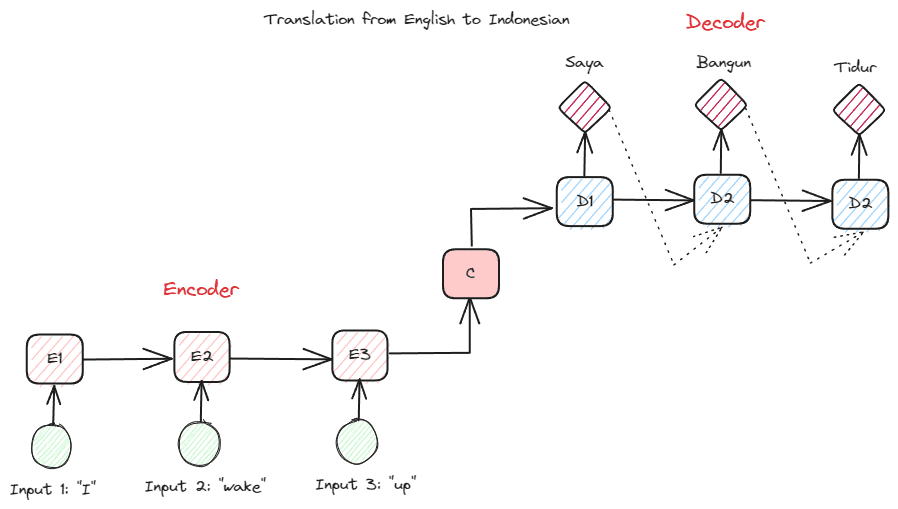Traditional invoice processing methods often fall short in the ever-evolving landscape of business operations, where time is money and precision is paramount. Cumbersome, time-consuming, and prone to errors, manual invoice data capture has long been a bottleneck for businesses striving for efficiency. However, finance is changing, and artificial intelligence's transformative power marks a new era.…











